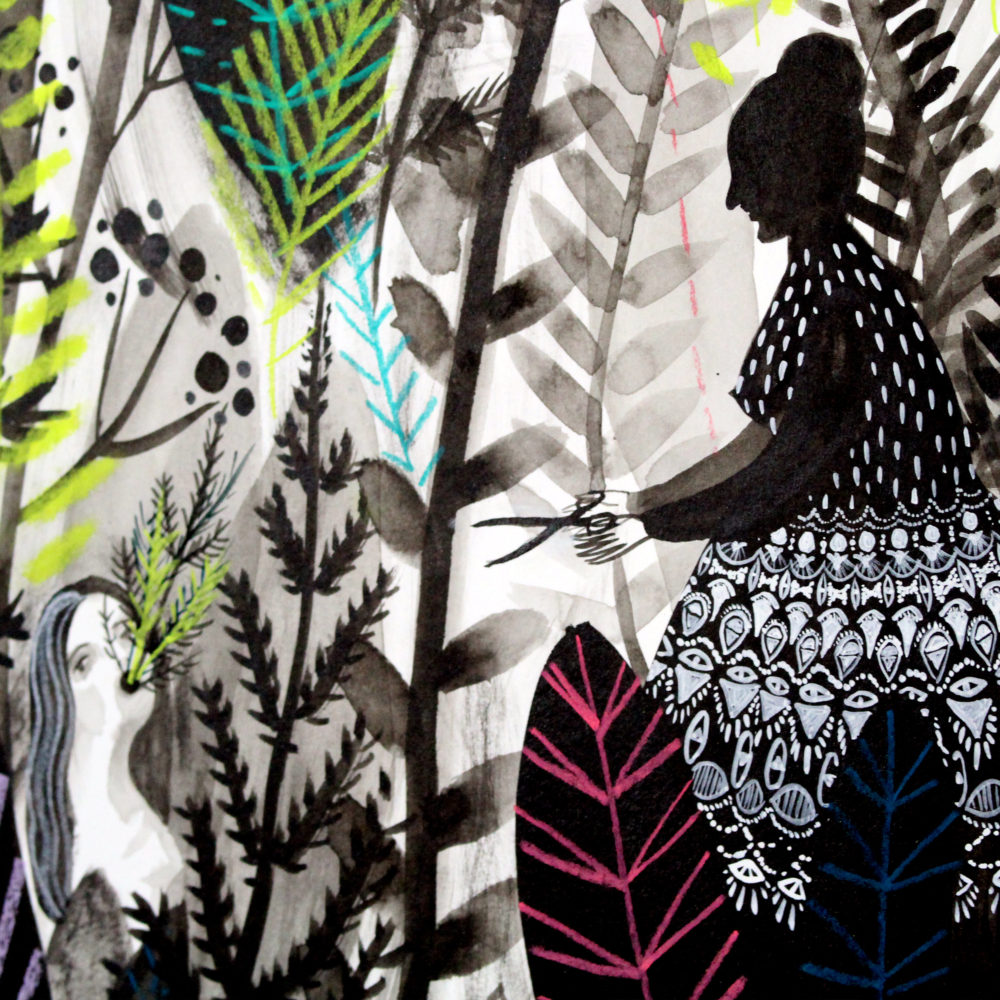

The severe weather causes Paul to crash, however, and viewers see a flashback to Paul having a discussion with his editor about ending Misery and moving on with different books. He has concluded his famous Misery books and is journeying onto the next chapter of his life – an uncertain time and one he is unconsciously afraid to begin.

The opening scene in Misery shows Paul leaving Silver Creek Lodge after finishing his newest book. Paul must deal with his identity issues by regaining masculine power over her, but not before Annie castrates both him and his identity in a bid to seize phallic power and keep Paul with her forever. Annie plays the phallic, castrating “Duchess,” who both nurtures and violently castrates – a good, yet bad mother and a figure of maternal abjection.


After the accident, Paul descends into a hallucinatory Wonderland and regresses back to his own childishness towards the mother – a figure of authority as well as a way for him to restructure his lost self. This essay will interpret Misery as a tale of male identity crisis and of phallic fear and regression. However, Paul has a car accident due to the heavy snow, and his rescuer Annie Wilkes then keeps him locked away, forcing him to write a new Misery book for her, his number one fan. The film tells the story of best-selling author Paul Sheldon, famous for his romance books featuring Victorian heroine Misery Chastain, heading home from Silver Creek after finishing a new book as a means to leave Misery behind and move on to a different chapter of his career. Misery focuses predominantly on the phallic stage and the male fear of the aggressive female and her threat of castration. The stages (oral, anal, phallic, latency, genital) are crucial to personality development and assist with controlling the id in socially accepted ways. It was Freud (1905) who elaborated the importance of child psychosexual stages as a source of both pleasure and tension. In Reiner’s Misery, Annie Wilkes is placed as castrating mother and Paul Sheldon as regressed needy child in this exploration of phallic power and male dominance. Barbara Creed argues that the horror film shows the “terror of self disintegration, of losing oneself or ego, often represented cinematically by a screen which becomes black, signifying obliteration of self.” Horror films and psychoanalysis go well together for this very reason: psychoanalysis provides a means of understanding the cultural roles and anxieties represented in the monstrous assumption of power in horror. Rob Reiner’s film adaptation of the classic Stephen King novel Misery sees an obsessed violent woman terrorize a harmless man, yet this tale is not all that it seems, with a non-traditional female role played by Kathy Bates in her momentous performance as the monstrous madwoman, Annie Wilkes.įilms often represent females, especially the mother, negatively, positioning them as the abject in the socio-cultural and patriarchal arena. “the horror film stages and re-stages a constant repudiation of the maternal figure” – Barbara Creed


 0 kommentar(er)
0 kommentar(er)
